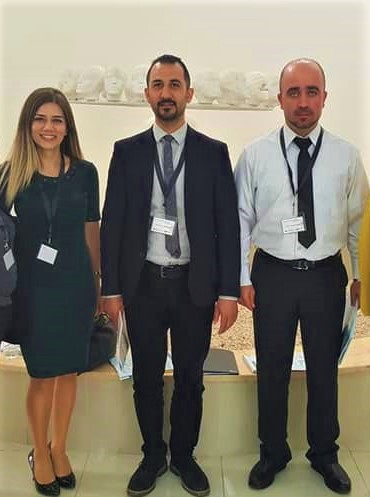
The article titled “A Comparison of Cultural Elements in Anatolian and Turkish Cypriot Folk Tales” written by Near East University Faculty Members Assoc. Prof. Dr. Mustafa Yeniasır, Assoc. Prof. Dr. Burak Gökbulut and TED College lecturer Tülay Kaya Tekman was published in the Journal of Turkic Studies, which was scanned by national and international indexes such as ULAKBİM, WEB of SCIENCE, MLA, ASOS.
In the article, it was emphasized that there are professions from various classes of society in Anatolian and Turkish Cypriot folk tales and that, unlike Cyprus, the names of professions from the palace (dynasty) are more common in Anatolian Turkish folk tales.
Turkish Cypriot Folk Tales Contain More Elements Than Culinary and Pantry Culture
In the article, which examines the elements related to the cuisine of both countries under the title of nutrition-kitchen and pantry, especially the foods specific to the culture to which the tales belong are investigated. According to the result, it is stated that there are similarities in culinary culture in Cypriot and Anatolian Turkish folk tales, but there are differences in the cuisine of the two countries. In the article, it is emphasized that the characteristics of Turkish Cypriot folk tales in the studied tales contain more elements related to traditional cuisine and cellar culture.
While folk medicine, which has its roots in ancient Turkish beliefs and practices and is practiced in both countries, is included in the tales of both countries, it draws attention that women recover and have children with the help of the apple given by dervish-pyre, the healing method mentioned in the tales of both countries.
Fairy tales have a lot in common because of common history and origins
In the joint statement made by Assoc. Prof. Dr. Mustafa Yeniasır, Assoc. Prof. Dr. Burak Gökbulut and Tülay Kaya Tekman, it was said; “Anatolian and Turkish Cypriot folk tales contain many cultural elements and act as an intermediary in the transfer of these cultural elements from generation to generation. The many similarities in the tales of both countries can be attributed to their common history and origins. In addition to the similarities, it is possible to say that some distinguishing or differentiating features are due to the geography and conditions. When the Turkish Cypriots came to the island of Cyprus from Anatolia in 1571, they naturally adapted to the new environment and conditions and came into contact with other cultures (Greek, British) in the geography they lived in and experienced some differentiations under the influence of this situation. In this sense, it can be said that the differences as well as the similarities in the examined tales depend on a process and should be considered natural.”